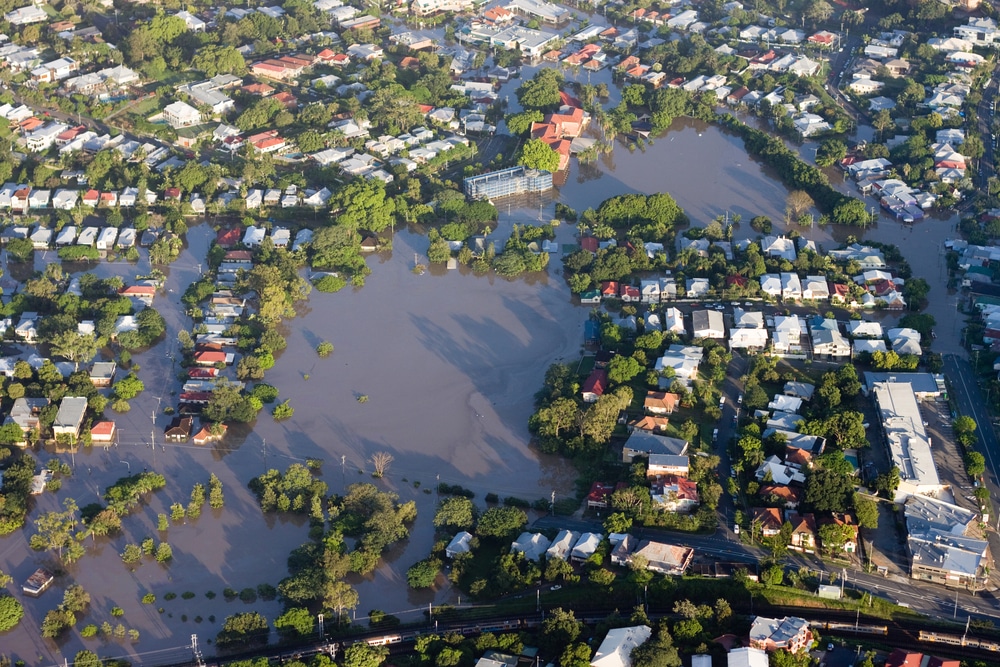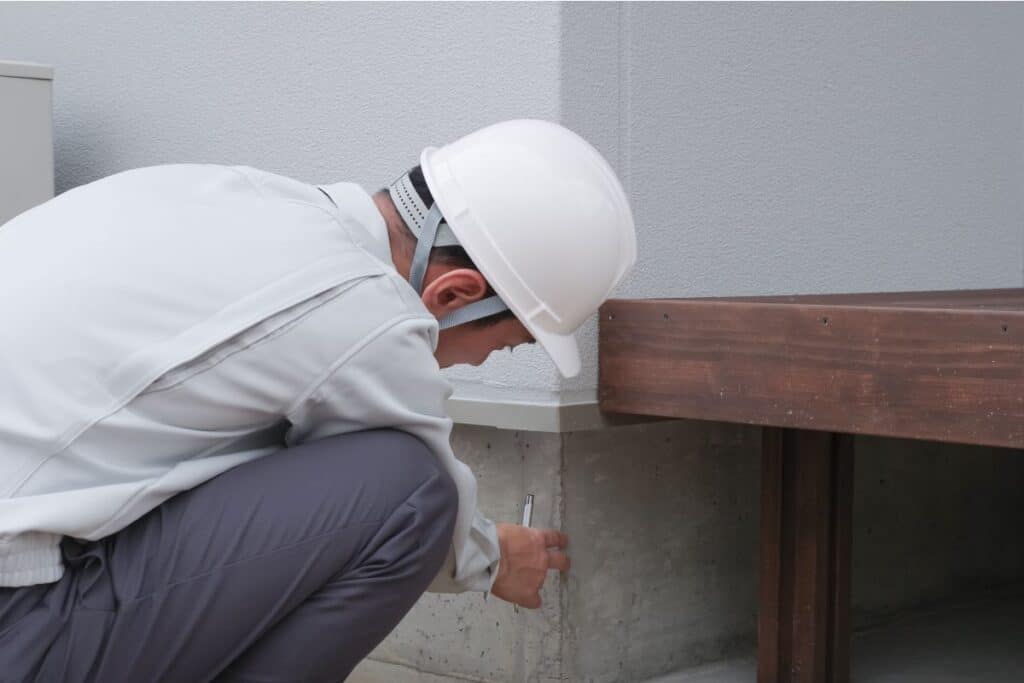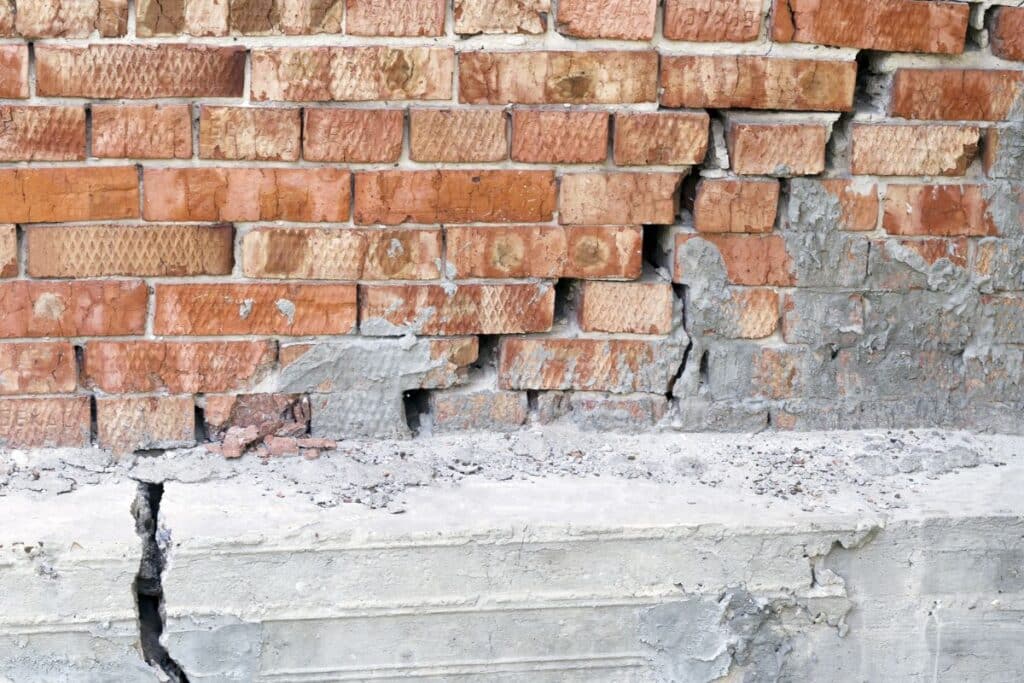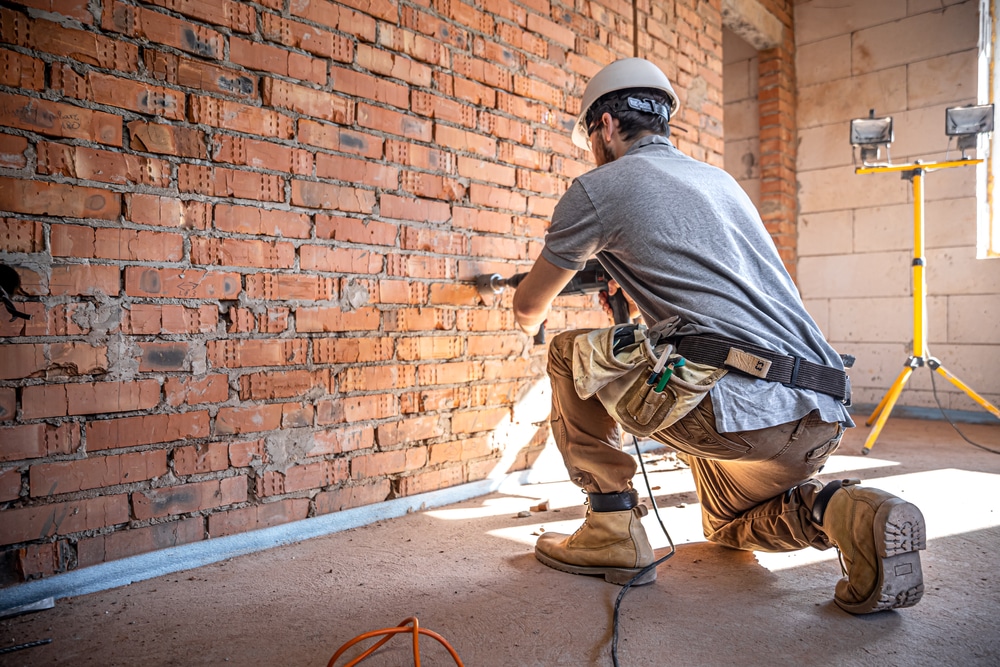March 26, 2024
Elevating Houses in Southeast Louisiana
- Residential Services
Elevating houses in Southeast Louisiana is a critical and increasingly relevant topic, especially given the region’s vulnerability to flooding, hurricanes, and the effects of climate change. This blog will explore the necessity, benefits, challenges, and methods of house elevation, drawing on examples from Southeast Louisiana to provide a comprehensive overview of this important practice.
Necessity of House Elevation
Southeast Louisiana is prone to flooding because it is low-lying and close to the Gulf of Mexico. It also has many water bodies like the Mississippi River and Lake Pontchartrain. The area is at risk due to climate change, rising sea levels, and land sinking. Flooding is always a danger due to hurricanes, heavy rain, and river floods. These factors make flooding a constant threat.
Hurricane Katrina in 2005 demonstrated the destructive power of flooding and highlighted the importance of resilient housing in the area. The storm revealed the severe impact that flooding can have on communities. It underscored the urgent need for durable housing solutions in the region. Elevating houses is recognized as one of the most effective strategies to mitigate flood risk, protect property, and ensure the safety of residents.

Benefits of House Elevation
The primary benefit of elevating a house is the significant reduction in flood risk. By elevating homes above flood levels, homeowners can avoid water damage, costly repairs, and losses to their property and belongings. Additionally, house elevation can lead to lower insurance premiums. If your property is built higher than FEMA’s guidelines, you might pay less for flood insurance through NFIP.
Elevating houses also contributes to community resilience. Raising homes can help prevent flooding in the area. This reduces the burden on emergency services and speeds up recovery efforts following floods.
House elevation in Southeast Louisiana helps residents protect their homes and way of life from environmental challenges. It also helps preserve their historic and cultural communities. This process is important for maintaining the integrity of the area. By raising their homes, residents can reduce the risk of damage from flooding and other natural disasters.
Challenges of House Elevation
Despite its benefits, house elevation presents several challenges. The cost is a significant barrier for many homeowners. Elevating a house can be expensive, with costs varying widely depending on the size of the house, the elevation height required, and the complexity of the project. While grants and assistance programs are available from FEMA and other organizations, navigating the application process and meeting eligibility criteria can be daunting.
Technical and logistical challenges also exist. Raising a house needs careful planning and engineering to make sure it stays strong and follows local rules on flooding. Homeowners must also consider the impact of elevation on utilities, landscaping, and accessibility, requiring additional modifications such as building ramps or lifts.
Methods of House Elevation
There are several methods for elevating houses, each suited to different types of structures and homeowner needs. The most common methods in Southeast Louisiana include:
– Pier and Beam: This method involves raising the house and supporting it on piers or columns above the ground. It is suitable for wooden frame houses and can accommodate significant elevation heights.
– Slab Separation: This method involves lifting the house’s frame, separating it from the foundation, and building a new raised floor system. It is often used for slab-on-grade houses.
– Lifting with Segmental Concrete Piles: This innovative method involves driving pre-cast concrete piles into the ground and lifting the house onto these supports. It is particularly useful in areas with unstable soil conditions.
Flood Elevation Certificate
A Flood Elevation Certificate (FEC) is important for homeowners, builders, and communities in flood-prone areas like Southeast Louisiana. Its importance is crucial as it serves multiple functions in managing flood risk, insurance, and regulatory compliance. Below, we delve deeper into why a Flood Elevation Certificate is so important and the various roles it plays.
The Flood Elevation Certificate provides detailed information on the elevation of a structure’s lowest floor in comparison to the estimated height floodwaters could reach during a major flood event, known as the Base Flood Elevation (BFE). This comparison is critical for assessing a property’s flood risk. Knowing how a property stands relative to the BFE allows homeowners and planners to make informed decisions about necessary precautions, such as elevating a house, installing flood vents, or constructing barriers, to mitigate flood damage.
Insurance Premium Determination
One of the most direct impacts of a Flood Elevation Certificate on homeowners is its influence on flood insurance premiums. Insurance rates under the National Flood Insurance Program (NFIP) are significantly affected by how a building’s elevation compares to the BFE.
A Flood Elevation Certificate can affect how much homeowners pay for flood insurance. Flood insurance prices are influenced by how high a building is compared to the Base Flood Elevation (BFE) in the NFIP.
Properties with higher floors have lower insurance costs because they are less likely to flood. Conversely, properties below the BFE face higher premiums due to increased risk. Thus, the FEC can be a critical factor in determining the affordability of flood insurance for property owners.
Regulatory Compliance and Permitting
In floodplain management, local and federal regulations often require that new constructions and substantial improvements to existing structures meet specific elevation standards to minimize flood damage. The Flood Elevation Certificate is a key document in demonstrating compliance with these regulations. Building departments and floodplain managers use the FEC to ensure that buildings are properly elevated according to FEMA and local floodplain management ordinances, which is essential for receiving building permits and for the long-term development planning of communities in flood-prone areas.
Real Estate Transactions
The FEC also plays a significant role in real estate transactions. The certificate gives buyers important info about flood risk for a property, which can affect their decision to buy.
Sellers can use the FEC to show their property follows flood rules, which could make the property worth more. In flood zones, lenders may need the Flood Elevation Certificate (FEC) for a mortgage. This document is important for buying and selling properties in these area.
Community Benefits
Beyond individual properties, Flood Elevation Certificates collectively benefit communities by facilitating participation in the Community Rating System (CRS) program. Communities that exceed NFIP flood regulations can earn CRS points. These points lead to reduced flood insurance premiums for all residents in the community. The FECs contribute to earning these points by documenting elevation compliance and encouraging flood risk reduction strategies.
The Future of Elevating Houses
Elevating houses in Southeast Louisiana is a critical adaptation strategy in the face of increasing flood risks. While the process presents financial, technical, and logistical challenges, the benefits of reduced flood risk, lower insurance premiums, and enhanced community resilience make it a worthwhile investment.
As climate change continues to impact the region, elevated housing will play a crucial role in ensuring the safety and sustainability of Southeast Louisiana’s communities. Collaborative efforts among homeowners, government agencies, and the private sector are essential to overcoming the challenges and expanding access to this vital flood mitigation measure.
Share this blog:








